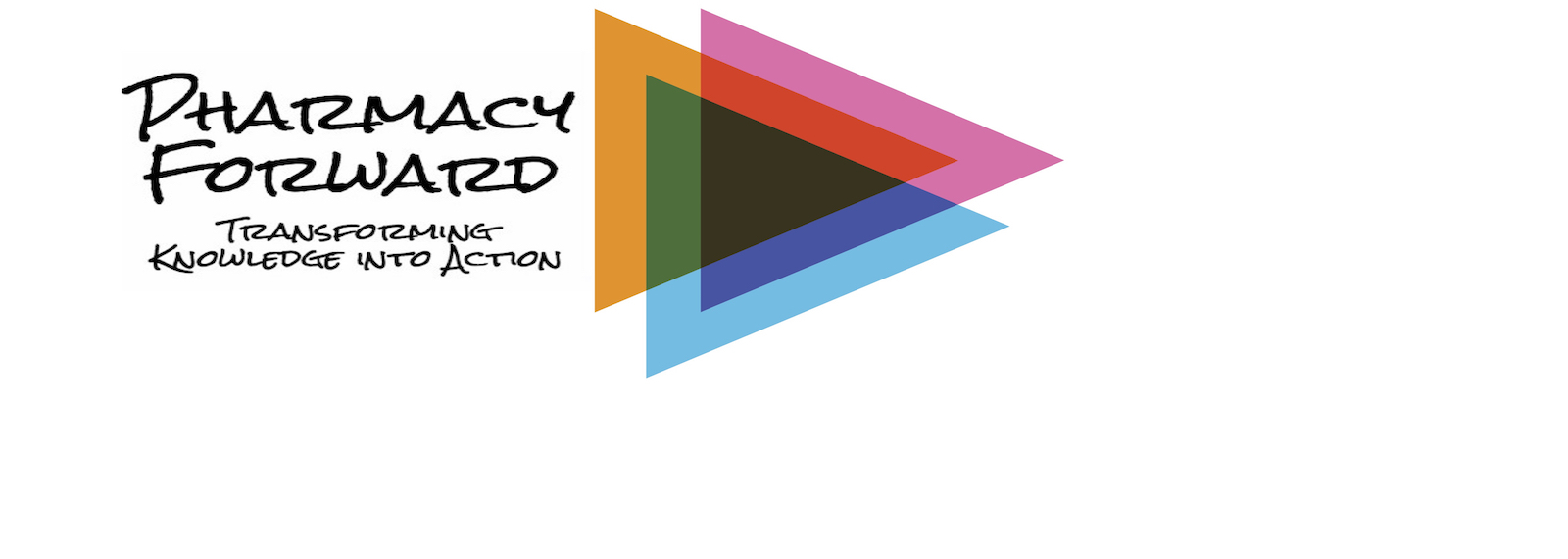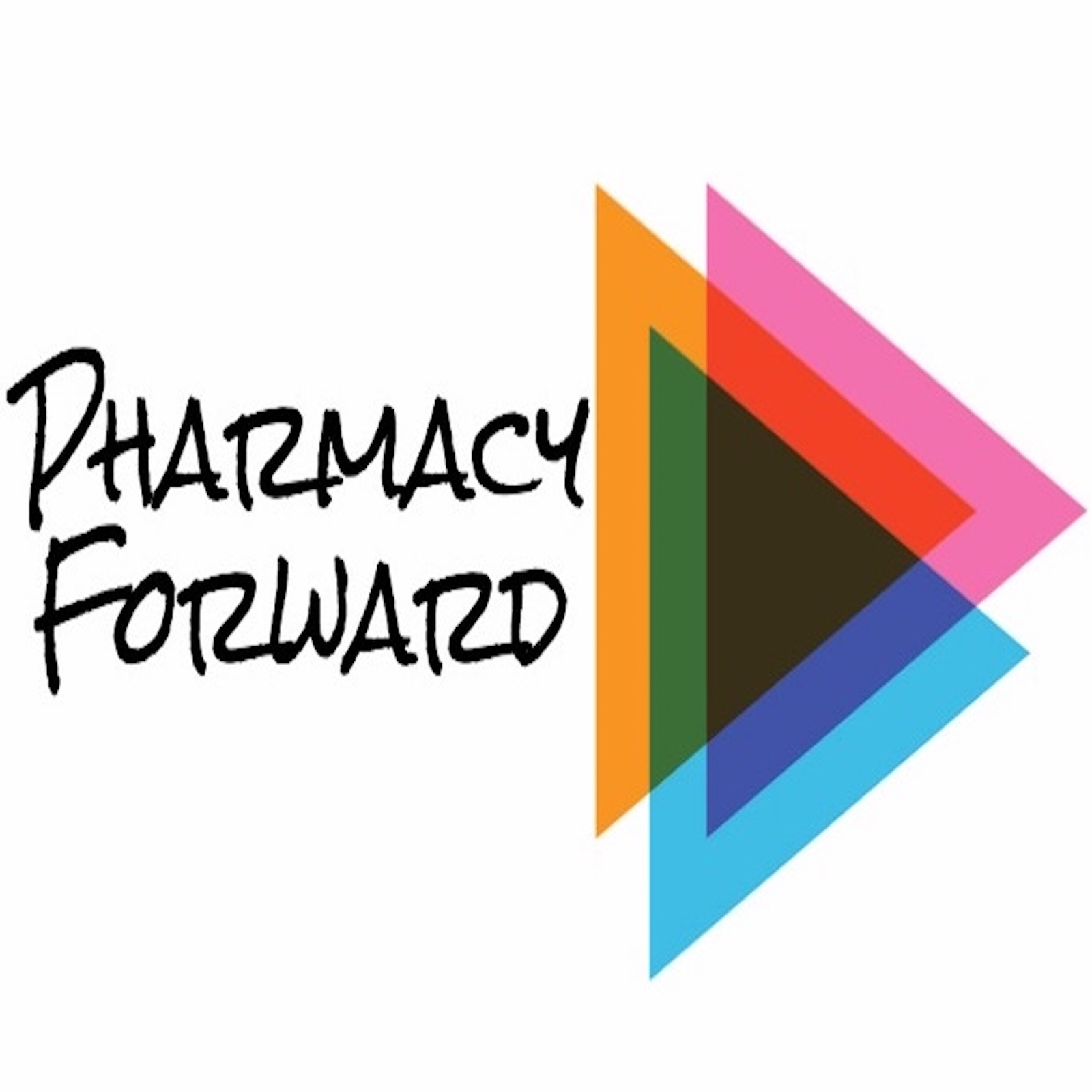Episodes

Tuesday Feb 18, 2020
Gender Identity & Transgender Care (III)
Tuesday Feb 18, 2020
Tuesday Feb 18, 2020
Cheyenne C. Newsome, PharmD, BCACP and Jessica Conklin, PharmD, BCACP, CDE, AAHIV — passionate advocates for the role of pharmacists in the care of transgender persons — talk with us about the need for patient and provider education and about the benefits and risks of gender-affirming treatment.
Key Lessons:
- Gender-affirming therapy is highly effective, improving the quality of life in more than 80% of patients.
- Hormonal therapy is the cornerstone of gender-affirming therapy.
- Testosterone is used for masculinization by trans-men. It is traditionally given by intramuscular injection but subcutaneous injections are easier to administered and may have a smoother effect (e.g. lower peak effect).
- Side effects from testosterone are common including body and facial hair growth (you don't get to pick!), deepened voice (irreversible), clitoral enlargement, acne, menstrual irregularities, and weight gain from increased appetite.
- Estradiol (preferred estrogen) is used for feminization by trans-women. In addition, spironolactone is used in high doses for its anti-androgen effects. Side effects are similar to those experienced by cisgender women.
- While trans-men often develop amenorrhea, pregnancy is still possible. Frank discussions about the use of contraception, if sexually active, is important.
- A number of great resources are available to inform drug therapy decision making particularly the Endocrine Society Guidelines.
- Pharmacists can uniquely contribute to optimizing the care of trans-men and -women.
To learn more, view and download the Show Notes!

Tuesday Oct 22, 2019
Social Determinants of Health and Healthcare Delivery (II)
Tuesday Oct 22, 2019
Tuesday Oct 22, 2019
Lea Eiland, PharmD, BCPS, BCPPS - Clinical Professor and Associate Department Head, Department of Pharmacy Practice, Auburn University Harrison School of Pharmacy — talks to us about the impact of generational differences ... and why these differences influences our patients' communication perferences, beliefs, and expectations.
Key Lessons:
- Our patients and workforce are more diverse than ever - including their generational experiences that influence their expectations related to work, healthcare delivery, and communication.
- Generational differences are generalizations - so not all people within a generation fit the stereotype and we need to be careful to not make assumptions.
- The generations currrently in the workforce and healthcare delivery systems are Traditionalist, Baby Boomers, Gen-X, Millennials, and Gen-Z/iGeneration.
- Comfort levels with digital technology and communication formats vary by generation. Older generations tend to prefer face-to-face and long-form written communications ... while more recent generations prefer short-form written communications. But everyone can learn to adapt!
- Recent generations prefer short, action-oriented, on-demand learning methods.
- Feedback preferences are also generational. Older generations generally desire less frequent feedback and more recent generations prefer more.
- Learning how to function well as a team requires a shared vision about the goals and valuing the contributions of each person on the team.

Tuesday Sep 24, 2019
Social Determinants of Health and Healthcare Delivery (I)
Tuesday Sep 24, 2019
Tuesday Sep 24, 2019
Magaly Rodriguez de Bittner, PharmD, BCPS, CDE - Professor and Associate Dean for Clinical Services and Practice Transformation, University of Maryland School of Pharmacy - talks to us about the impact of culture on behaviors and health outcomes ... and why healthcare practitioners need to develop cultural awareness and move toward cultural proficiency to achieve optimal outcomes for the patients they serve.
Key Lessons:
- Culture is the characteristics, knowledge, and beliefs of a group of people including their shared language, religious/spiritual beliefs, habits, and values. Culture impact beliefs about diseases, medications, and healthcare.
- Many patients are reluctant to tell healthcare providers about their culturally-related health behaviors for fear of being judged or may believe such information is irrelevant.
- Behaviors and beliefs, regardless of source, can impact health outcomes and can augment, detract, or have no impact on the recommended treatment plan.
- Openly discussing beliefs and behaviors is critical. Supporting patient decisions based on their beliefs builds trust.
- Communicating in the patient's preferred language is mandated by law. Use trained interpreters. Have written materials available in the patient's preferred language.
- Cultural awareness and moving toward cultural proficiency makes good business sense as you are better able to understand the needs of your patients.

Wednesday Mar 13, 2019
Credentialing & Privileging (I)
Wednesday Mar 13, 2019
Wednesday Mar 13, 2019
Joseph Saseen, Pharm.D., BCPS, BCACP, CLS - Professor of Clinical Pharmacy and Family Medicine, University of Colorado Skaggs School of Pharmacy and Pharmaceutical Sciences - discusses the various credentials pharmacists can earn following graduation and licensure.
Key Lessons
- Credentials include degrees, licensure, post-graduate training, and board certification.
- Earning a certificate is not synonymous with becoming board certified.
- Board certification requires candidates to meet specific eligibility criteria and pass a comprehensive examination to validate the breadth and depth of knowledge in the area of specialization.
- Board certification can give pharmacists a competitive advantage for employment and open doors to new opportunities.
- Candidates should consider preparing for a board certification exam either through a formal, structured program or forming a study group ... or both.
- Obtaining advanced credentials is ultimately about improving the quality of care pharmacists provide to patients.

Wednesday Jan 16, 2019
Opioid Overdose Crisis (III)
Wednesday Jan 16, 2019
Wednesday Jan 16, 2019
Carol Ott, Pharm.D., BCPP - Clinical Professor of Pharmacy Practice, Purdue University College of Pharmacy and Residency Program Director for the Eskenazi Health/Purdue University PGY2 Psychiatric Pharmacy Residency Program - discusses how sigma adversely impacts patients with opioid use disorder and how the BoilerwoRx program is helping to address the opioid crises at the community level.
Key Lessons
- Health professionals too often use stigmatizing language when describing patients with a substance use disorder and their behaviors.
- We need to critically examine our unconscious biases toward patients with substance use disorder.
- Substance use disorders are most often co-morbid with other mental health conditions.
- Needle exchange programs are an evidence-based intervention that can reduce harm by preventing the spread of infectious diseases and be an important touchpoint to get people into treatment.
- There are numerous ways pharmacists can help patients with substance use disorders - approaching them with empathy, volunteering, and using evidence-based resources to guide care and combat misinformation.

Thursday Dec 13, 2018
Opioid Overdose Crisis (II)
Thursday Dec 13, 2018
Thursday Dec 13, 2018
Suzanne Nesbit, Pharm.D., BCPS - Clinical Pharmacy Specialist in Pain and Palliative Care at the Johns Hopkins Health System - and Lucas Hill, Pharm.D., BCPS, BCACP - Clinical Assistant Professor at the University of Texas at Austin and Director of Operation Naloxone - discuss how to improve patient safety by implementing opioid stewardship and harm-reduction strategies.
Key Lessons
- Opioid stewardship requires multiple components starting first with a commitment to change and includes opioid prescribing guidelines, provider feedback, and patient education.
- Discussing the goals of therapy, intended treatment duration, and realistic expectations with patients when opioids are prescribed is critical.
- Patients at high risk of opioid overdose should receive naloxone and trained how to use it.
- Naloxone standing orders or collaborative practice agreements can facilitate access.
- Information from prescription drug monitoring programs can be helpful during the medication review process but providers must recognize their limitations.
- Pain relief requires a patient-specific approach. Patients with a substance use disorder deserve to have their pain addressed too.

Tuesday Aug 14, 2018
Pharmacists Patient Care Process (I)
Tuesday Aug 14, 2018
Tuesday Aug 14, 2018
Todd Sorensen, Pharm.D. - Professor in the Department of Pharmaceutical Care and Health Systems at the University of Minnesota College of Pharmacy and Executive Director of the Alliance for Integrated Medication Management talks with us about the importance of applying a systematic process of care during every patient encounter.
Key Lessons: All health professions have a similar process of care but each has a different focus and assessment strategy; inconsistencies in the process of care provided by pharmacists has led to inconsistent outcomes in clinical trials; several new resources are available to help pharmacy practitioners deliver the pharmacists patient care process with greater "fidelity."
Helpful Resources: Check out the Patient Care Process chapter in Pharmacotherapy: A Pathophysiologic Approach and the Patient Care Process for Delivering Comprehensive Medication Management report.

Tuesday Jul 17, 2018
Digital Health Devices and Apps! (III)
Tuesday Jul 17, 2018
Tuesday Jul 17, 2018
Cody Clifton, Pharm.D. - Clinical Pharmacist and Special Projects Manager at Moose Pharmacy and Coordinator of Quality Assurance and Best Practices for the Community Pharmacy Enhanced Services Network U.S.A. (CPESN-USA) - talks about the use of mobile devices and apps to remotely monitor patients to improve medication adherence, effectiveness, and safety.
Key Lessons: Numerous devices and apps are available to assist patients with medication adherence; the Spencer device (by Spencer Health Solutions)* provides medication monitoring data and helps connect patients, caregivers, and pharmacists; pharmacists can partner with accountable care organizations (ACOs) to improve outcomes and reduce healthcare cost using mHealth devices and apps.
*Please note that PharmacyForward does not endorse or recommend any products or services. The Spencer device is one of several potential options that pharmacists and patients may wish to consider when adopting a mHealth solution.

Wednesday Jun 13, 2018
Digital Health Devices and Apps! (II)
Wednesday Jun 13, 2018
Wednesday Jun 13, 2018
Julie Lauffenburger, Pharm.D., Ph.D. - Assistant Director of the Center for Healthcare Delivery Sciences at the Brigham and Women's Hospital and co-investigator for the MedISAFE-BP study talks to us about the use of smartphone applications to improve medication adherence.
Key Lessons: Improvements in medication adherence don't necessarily lead to improvements in outcomes (e.g. blood pressure control or cardiovascular events) unless patient-monitoring data is shared and used by clinicians to make medication adjustments; smartphone apps should provide nudges to patients in a manner they find most useful; technology should make the medication use process easier, not more difficult.

Wednesday Mar 14, 2018
It's All About Quality (II)
Wednesday Mar 14, 2018
Wednesday Mar 14, 2018
Laura Cranston, R.Ph. - Chief Executive Office of the Pharmacy Quality Alliance (PQA) - talks about the work of PQA and the National Quality Strategy which aims to make care delivery higher quality and more affordable to achieve healthier people and communities.
Key Lessons: PQA plays an important role by convening key stakeholders and creating quality measures that are used by the payer community. Pharmacists and student pharmacists can play an important role in PQA's work.

